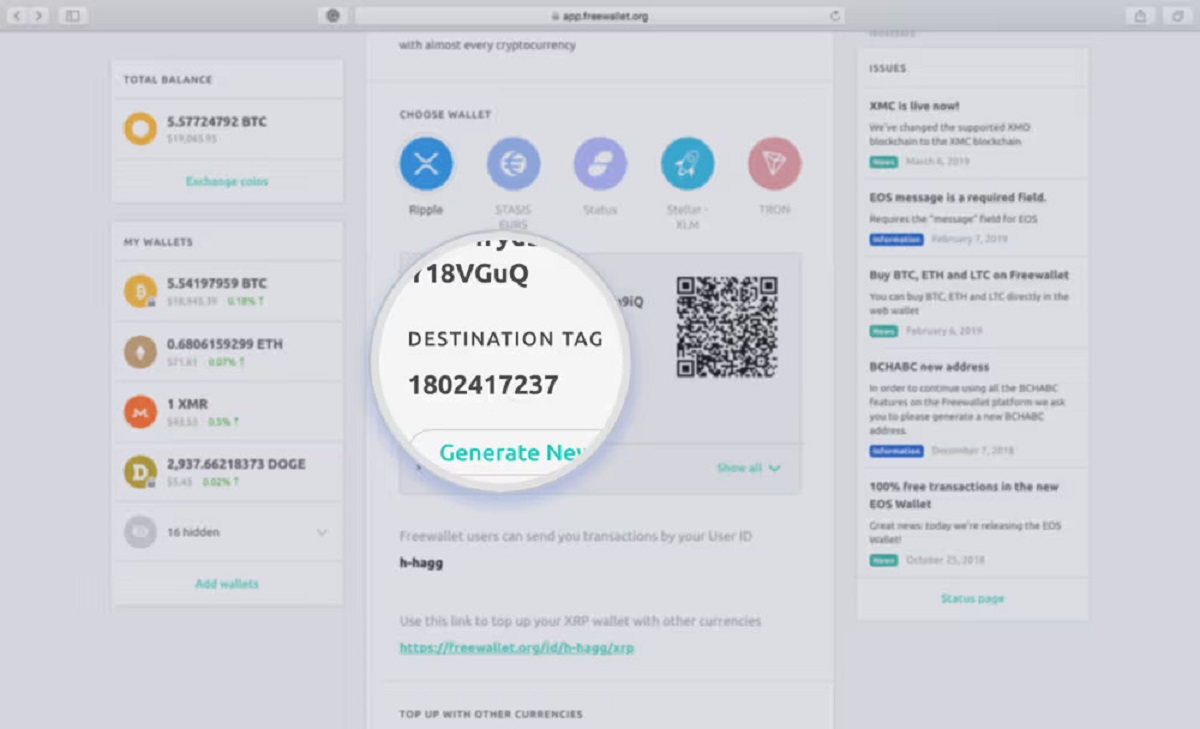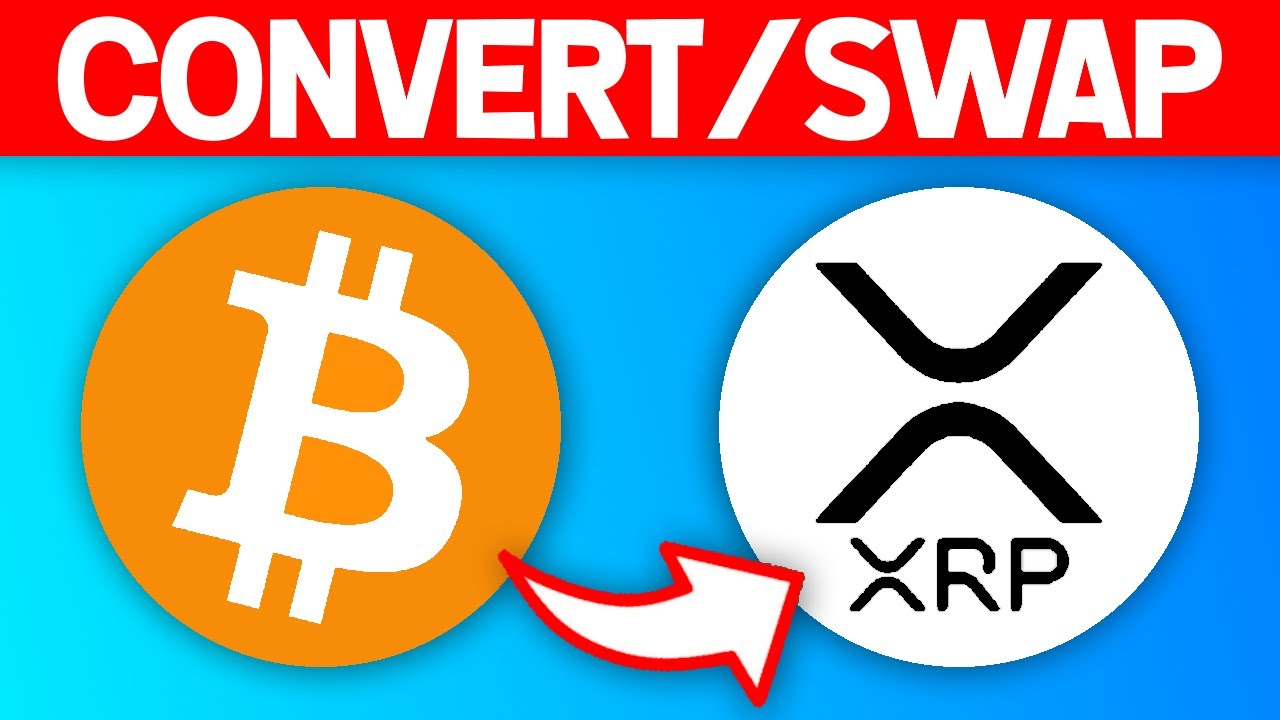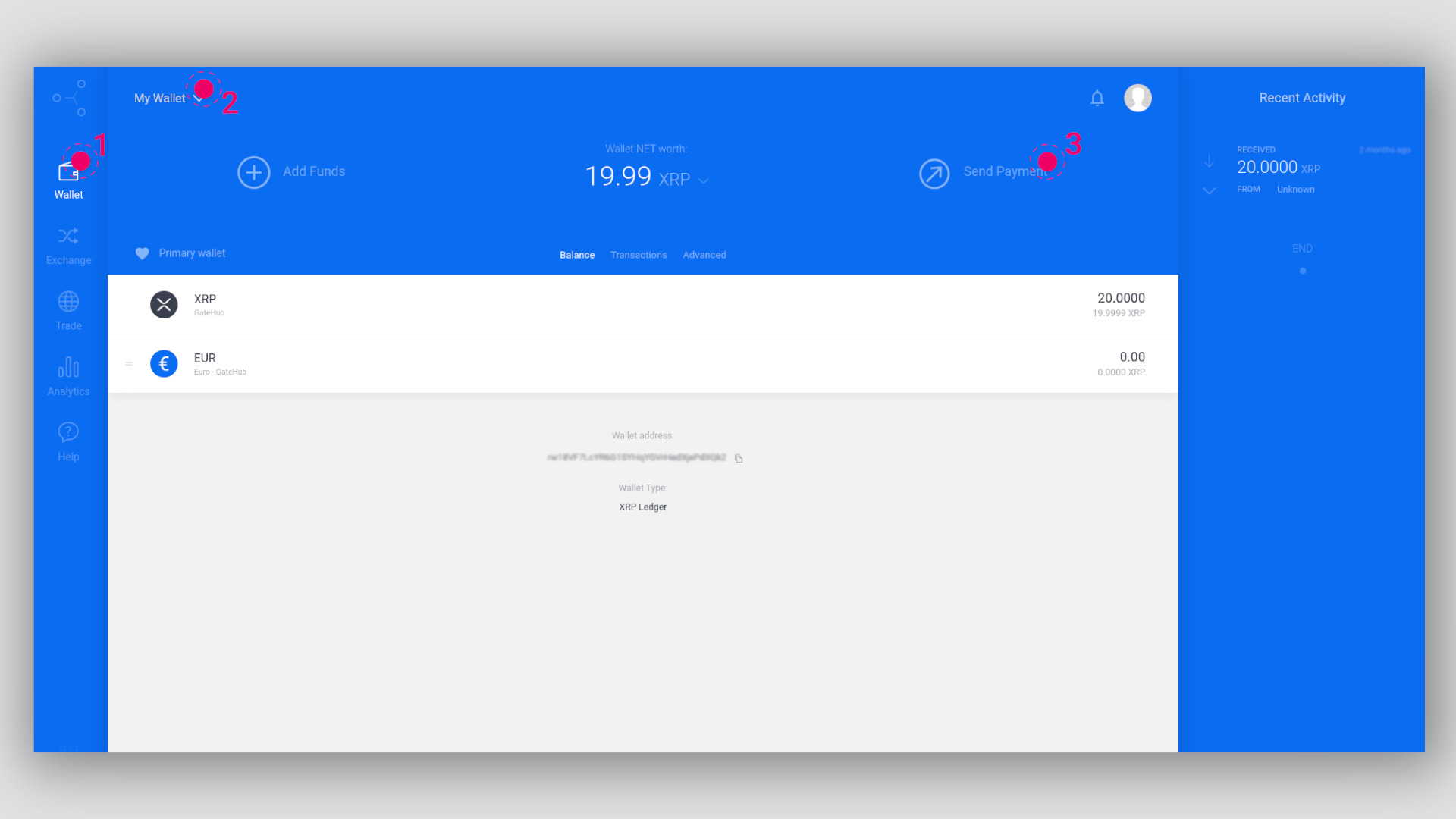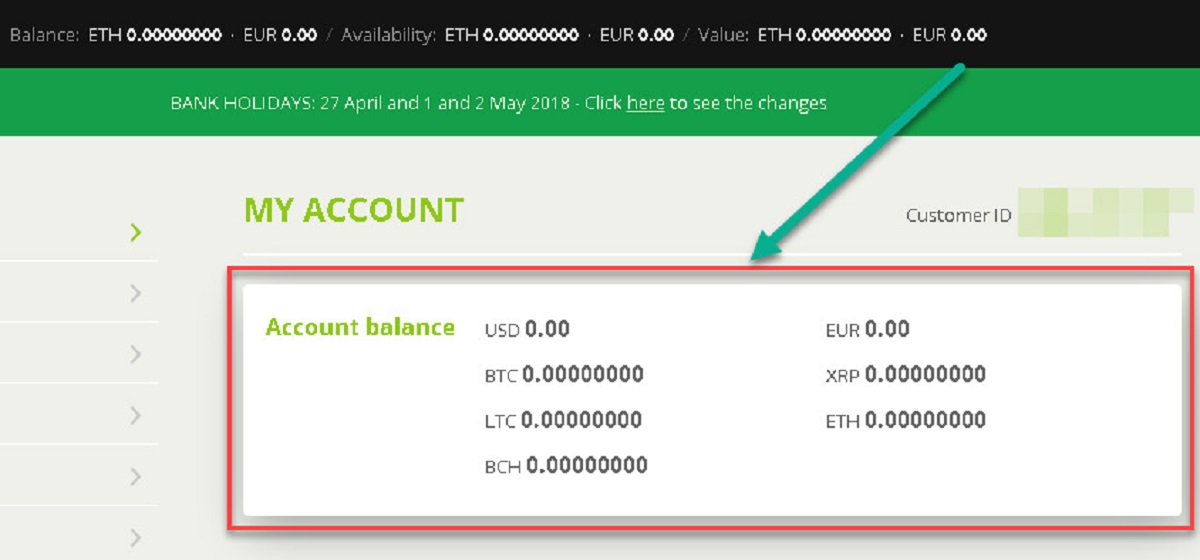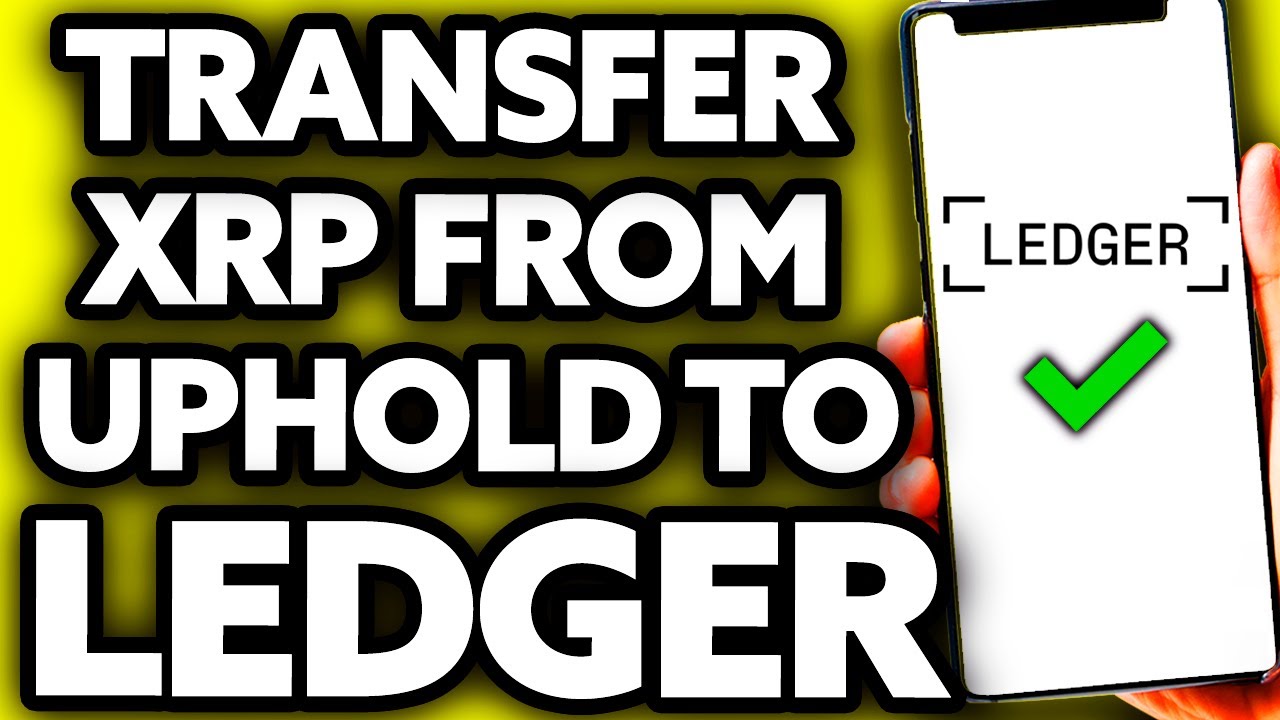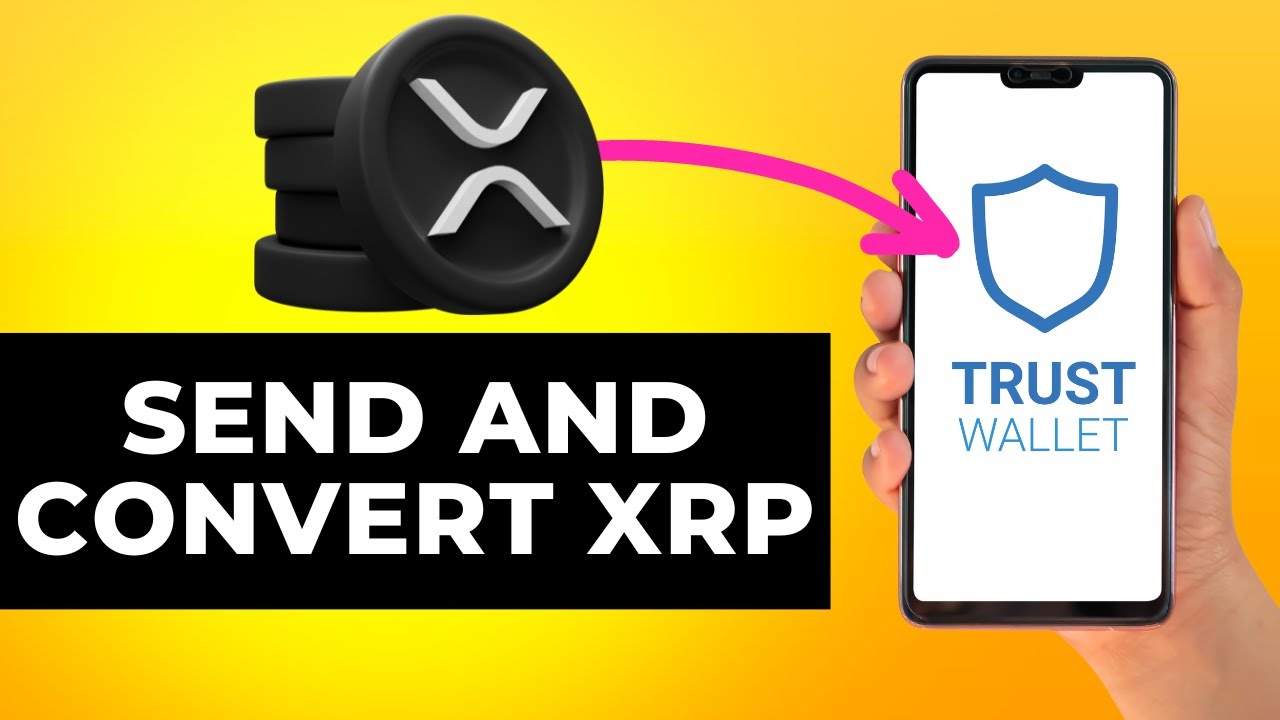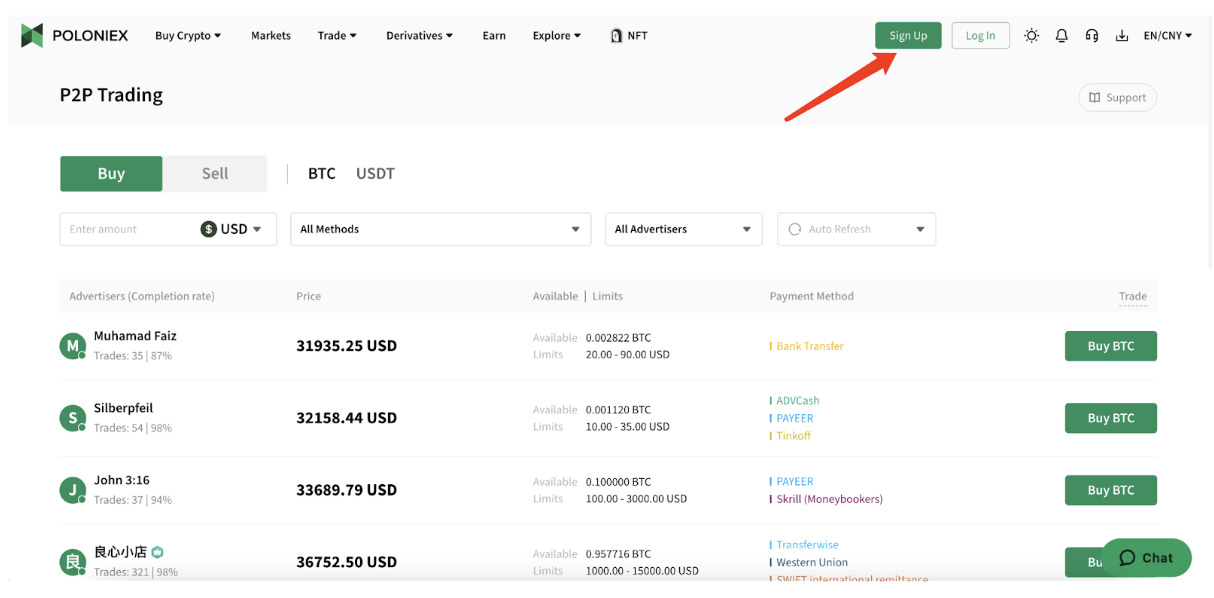Introduction
Welcome to this informative guide on XRP destination tags! If you’re new to XRP or interested in understanding how destination tags work, you’ve come to the right place. XRP is a digital asset and cryptocurrency that uses blockchain technology to enable fast and secure transactions. The unique feature of XRP destination tags allows users to attach additional information to their transactions, which is particularly useful in certain situations.
In this article, we’ll delve into the concept of XRP destination tags, explore how they work, and highlight their significance in the XRP ecosystem. Whether you’re an XRP enthusiast or a newcomer in the world of digital currencies, gaining a comprehensive understanding of destination tags will undoubtedly enrich your knowledge and help you navigate the XRP network more effectively.
As we delve into the topic, we’ll explain what XRP is, define destination tags, outline their importance, explore their functionality, provide usage examples, and address common mistakes. By the end of this article, you’ll have a clear understanding of XRP destination tags and how to use them correctly.
Whether you’re a retail investor, a business owner, or an aspiring XRP user, understanding the role of destination tags is crucial in maximizing the benefits of the XRP network. So, let’s dive in and demystify the world of XRP destination tags!
What is XRP?
XRP is a digital asset and cryptocurrency that was created by Ripple Labs. It is designed to facilitate fast, low-cost international money transfers. Unlike other cryptocurrencies such as Bitcoin, XRP is not based on blockchain technology. Instead, it uses a unique distributed ledger system known as the XRP Ledger. This ledger is maintained by a network of independent validators, which ensure the security and integrity of the XRP transactions.
One of the key features of XRP is its speed. While traditional international money transfer systems can take several days to process transactions, XRP enables near-instant transfers. This makes it ideal for individuals and businesses that need to send money across borders quickly and efficiently.
In addition to its speed, XRP also boasts low transaction fees. Sending XRP involves minimal costs compared to traditional banking methods, which often come with hefty fees and hidden charges. This cost-effectiveness has made XRP an appealing choice for individuals and businesses looking to save money on international transfers.
Another unique aspect of XRP is its deflationary nature. Unlike most cryptocurrencies that have a fixed supply, XRP has a maximum supply of 100 billion coins. However, Ripple Labs has committed to putting 55 billion XRP into an escrow account, releasing a portion of the funds each month. This controlled release mechanism helps prevent sudden spikes or crashes in XRP’s value and provides a level of stability to the market.
Overall, XRP is a digital asset that offers fast, low-cost, and secure international money transfers. Its unique features and the backing of Ripple Labs have made it a popular choice for individuals, financial institutions, and businesses worldwide. Whether you’re a frequent international traveler, a remittance user, or a global business owner, XRP provides an innovative solution to the challenges of traditional cross-border payments.
What is a Destination Tag?
In the context of XRP transactions, a destination tag is an extra piece of information that is often required when sending XRP to certain types of wallets or exchanges. It acts as a unique identifier, ensuring that the funds are correctly credited to the intended recipient’s account.
Think of a destination tag as a memo or a reference number that accompanies your transaction. It is typically a combination of numbers or alphanumeric characters, and each destination tag corresponds to a specific user or account holder on the receiving end.
Destination tags are primarily used by exchanges and wallets that utilize a shared XRP address for multiple users. Without a destination tag, it would be challenging for these platforms to differentiate between various deposits and allocate the funds to the correct user accounts. Destination tags streamline the process and prevent any confusion or misallocation of funds.
Furthermore, destination tags enhance the security and privacy of transactions. Since destination tags are unique to each user, they provide an additional layer of identification beyond the XRP address itself. This means that even if someone were to obtain the XRP address associated with a specific exchange or wallet, they would still need the corresponding destination tag to access the funds.
It is important to note that not all XRP transactions require a destination tag. If you are sending XRP to a personal wallet that has a unique address solely for you, you typically do not need a destination tag. However, if you are transferring XRP to an exchange or a wallet that uses shared addresses, it is crucial to include the correct destination tag to ensure that your funds are properly credited.
Now that you understand the concept of a destination tag, let’s explore why it is important and how it works in the XRP ecosystem.
Why is a Destination Tag Important?
The destination tag plays a vital role in ensuring the accurate and efficient allocation of funds in XRP transactions. Here are several key reasons why destination tags are important:
- Identification: Destination tags act as unique identifiers, allowing exchanges and platforms to identify and credit funds to the correct user accounts. Without destination tags, it would be challenging for these platforms to distinguish between different deposits made to the same shared XRP address.
- Efficiency: By including the correct destination tag, the receiving platform can automatically allocate the funds to the intended recipient. This streamlines the process and reduces the manual effort required to manually match deposits to users. It also ensures that the funds are available for trading, withdrawal, or other activities without unnecessary delays.
- Security: Destination tags enhance transaction security by adding an additional layer of identification beyond the XRP address itself. This means that even if someone obtains the XRP address associated with a specific exchange or wallet, they would still need the corresponding destination tag to access the funds. It provides an extra level of protection against unauthorized access.
- Privacy: Destination tags help maintain user privacy by allowing platforms to differentiate between various deposits without exposing sensitive information. Instead of relying on personal details or account numbers, the destination tag provides a unique identifier that keeps the user’s information confidential while ensuring the accuracy of fund allocation.
- Preventing Loss of Funds: Including the correct destination tag is crucial to prevent the loss of funds. If you forget to include a destination tag when sending XRP to an address that requires one, the receiving platform may not be able to identify and credit the funds to your account. In such cases, the funds could potentially be lost or become difficult to recover.
Overall, destination tags are integral to the smooth functioning of XRP transactions, particularly in scenarios where multiple users share the same XRP address. By ensuring accurate fund allocation, enhancing security and privacy, and preventing loss of funds, destination tags play a critical role in the efficiency and reliability of the XRP ecosystem.
How Does a Destination Tag Work?
Understanding how a destination tag works is key to utilizing it correctly in XRP transactions. When you include a destination tag in your transaction, it serves as an additional piece of information alongside the recipient’s XRP address. Here’s a step-by-step breakdown of how a destination tag works:
- Generation: The destination tag is typically generated by the platform or exchange you’re sending the XRP to. It can be a numerical value or an alphanumeric combination.
- Inclusion: When initiating an XRP transaction, you must ensure that you enter the correct destination tag provided by the recipient platform. This might involve copying and pasting the destination tag or manually entering it.
- Transmission: Once you’ve entered the destination tag, along with the recipient’s XRP address, into the transaction details, you can proceed with sending the XRP. This is done through your XRP wallet or an exchange platform.
- Validation: As the transaction is processed, the XRP network validates the destination tag along with other transaction details, ensuring it meets the required format and matches the recipient’s designated address.
- Allocation: Upon successful validation, the receiving platform or exchange uses the destination tag to identify the intended recipient. The funds are then automatically allocated to the respective user’s account associated with that destination tag.
It’s important to note that destination tags are unique to each transaction and recipient. They are typically provided by exchanges or platforms that use shared XRP addresses. Without a destination tag, these platforms would face difficulties in attributing the funds to the correct user accounts, potentially leading to delays or misallocated funds.
It is crucial to double-check the destination tag before finalizing the transaction. Any errors or omissions in the destination tag could result in the funds being sent to the wrong account or being lost permanently. Verifying the accuracy of the destination tag ensures a smooth and successful transfer of XRP.
Now that we’ve explored how destination tags work, let’s move on to the next section, which provides guidance on how to use XRP destination tags effectively.
How to Use XRP Destination Tag?
Using XRP destination tags requires attention to detail and precision to ensure that your funds are correctly allocated. Here are the key steps to follow when using XRP destination tags:
- Obtain the destination tag: If you’re sending XRP to an exchange or platform that requires a destination tag, ensure that you obtain the correct destination tag from the recipient. This information is typically provided by the platform and may be found within your account settings or deposit instructions.
- Include the destination tag: When initiating the XRP transaction, you’ll need to include the destination tag along with the recipient’s XRP address. Depending on the wallet or exchange you’re using, you’ll find a field specifically designated for entering the destination tag. Double-check that you’ve entered the destination tag accurately before proceeding.
- Validate before sending: Before finalizing the transaction, take a moment to review all the transaction details, including the destination tag. Ensure that the destination tag matches the one provided by the recipient and that there are no typos or errors. Verifying the information beforehand reduces the risk of misallocating funds.
- Send the XRP: Once you’ve confirmed that all the details, including the correct destination tag, are accurate, proceed with sending the XRP. This will initiate the transaction and transmit the XRP to the recipient’s address with the accompanying destination tag.
- Monitor the transaction: After sending the XRP, it’s advisable to monitor the transaction’s progress. You can track the transaction using blockchain explorers or the transaction history on your wallet or exchange platform. This allows you to ensure that the funds have been successfully allocated to the intended recipient.
Remember, not all XRP transactions require a destination tag. Personal wallets that have unique addresses for individual users typically do not require destination tags. It’s crucial to understand the specific requirements of the platform or exchange you’re interacting with to determine if a destination tag is necessary.
By following these steps and using XRP destination tags correctly, you can ensure the smooth and accurate allocation of funds in your XRP transactions. Next, we’ll explore some practical examples of how destination tags are used in real-world scenarios.
Examples of XRP Destination Tag Usage
To illustrate the practical use of destination tags in XRP transactions, let’s explore a few common examples:
- Exchanges: Many cryptocurrency exchanges use shared XRP addresses to receive user deposits. To ensure that the funds are correctly allocated to individual user accounts, exchanges typically require users to include a destination tag when depositing XRP. This allows the platform to identify and credit the funds to the respective user accounts, streamlining the deposit process.
- Token Sales: During initial token offerings (ITOs) or token sales, some projects may accept XRP as a form of payment. In such cases, the project team may request contributors to include a destination tag to associate their XRP payment with their unique participation address. This helps the project team accurately track and allocate the issued tokens to the respective contributors.
- Charitable Donations: When making charitable donations with XRP, some organizations provide a shared XRP address along with a destination tag. By including the destination tag specified by the charitable organization, the funds can be attributed to the specific fundraising campaign or cause, enabling transparency and accurate recording of donations.
- XRP Tip Bots: XRP tip bots are popular on social media platforms, allowing users to send micro-tips or small amounts of XRP to others as a gesture of appreciation or to support content creators. These tip bots utilize destination tags to identify and credit the tipped XRP to the recipients’ accounts. This ensures that the tips reach the intended individuals or accounts within the XRP ecosystem.
These examples highlight the various scenarios where destination tags are essential in facilitating accurate fund allocation and tracking within the XRP network. It is important to follow the specific instructions provided by the recipient platform or organization to ensure that the correct destination tag is included in your transaction.
By understanding and utilizing destination tags accordingly, you can participate in exchanges, contribute to projects, make donations, and engage in social tipping activities seamlessly within the XRP ecosystem.
Now that we’ve explored the examples of destination tag usage, let’s move on to discussing common mistakes to avoid when working with XRP destination tags.
Common Mistakes with XRP Destination Tag
While using XRP destination tags is crucial for ensuring accurate fund allocation, there are some common mistakes that users may encounter. Being aware of these mistakes can help you avoid potential issues and ensure a smooth transaction process. Here are the common mistakes to watch out for when working with XRP destination tags:
- Forgetting to include the destination tag: One of the most common mistakes is forgetting to include the destination tag altogether. If a platform or exchange requires a destination tag and you fail to include it in your transaction, the funds may be lost or missallocated. Always double-check the transaction instructions to determine if a destination tag is necessary.
- Entering the wrong destination tag: Another mistake is entering an incorrect destination tag. This could be due to typographical errors or simply inputting the wrong information. It’s crucial to carefully verify the destination tag provided by the recipient and enter it accurately to ensure that the funds are credited to the correct account.
- Reusing destination tags: Each transaction should have a unique destination tag. It is important not to reuse destination tags for different transactions, as this can lead to confusion and may result in misallocated funds. Always generate a new destination tag for each transaction to maintain clarity and accuracy.
- Misunderstanding tag requirements: Different platforms or recipients may have specific requirements for destination tags. It is essential to understand and comply with these requirements to avoid complications. Some platforms may require numeric-only destination tags, while others may allow alphanumeric characters. Take the time to familiarize yourself with the specific destination tag guidelines to minimize potential errors.
- Not verifying the transaction: It’s essential to carefully review and verify all transaction details before finalizing the transaction. This includes confirming that the destination tag is correct, along with other transaction information. Skipping this step can increase the likelihood of errors and may lead to funds being sent to the wrong account.
By being aware of these common mistakes, you can take proactive measures to ensure the successful and accurate use of destination tags in your XRP transactions. Paying attention to detail and following the specific instructions provided by the recipient platform or exchange will help minimize the risk of errors and ensure a smooth transaction experience.
Now that we’ve covered common mistakes, let’s conclude this guide on XRP destination tags with a recap of the key points discussed.
Conclusion
In conclusion, XRP destination tags are an important component of the XRP ecosystem that facilitate accurate fund allocation and tracking in transactions. They serve as unique identifiers that accompany XRP transfers, ensuring that the funds are correctly credited to the intended recipient’s account.
By including the correct destination tag, users can streamline the transaction process, enhance security, and maintain privacy. Exchanges, platforms, and organizations that use shared XRP addresses rely on destination tags to allocate funds to individual user accounts, preventing confusion and delays.
When using XRP destination tags, it is crucial to obtain the correct destination tag from the recipient, enter it accurately, and double-check all transaction details before finalizing the transaction. Mistakes such as omitting the destination tag, entering the wrong destination tag, reusing tags, or misunderstanding tag requirements can lead to misallocated funds or loss of funds.
Whether you’re using XRP for international money transfers, participating in token sales, making charitable donations, or engaging in social tipping activities, understanding and correctly using destination tags is essential for a seamless and accurate transaction experience.
By following the guidelines outlined in this guide and remaining mindful of potential mistakes, you can make the most out of XRP destination tags and navigate the XRP network with confidence.
Thank you for joining us on this journey to explore XRP destination tags, we hope you found this guide informative and helpful. Happy transacting with XRP!







